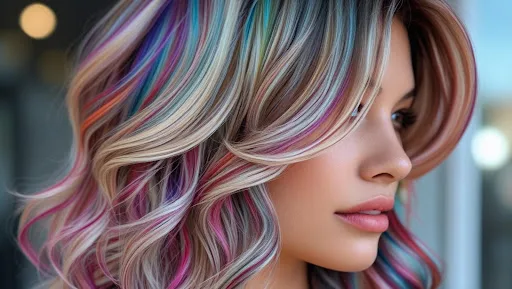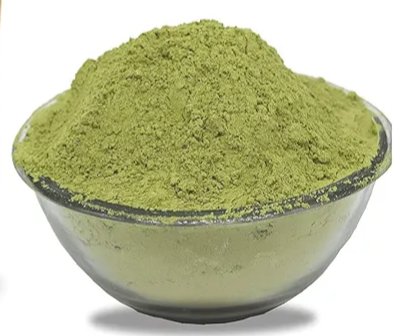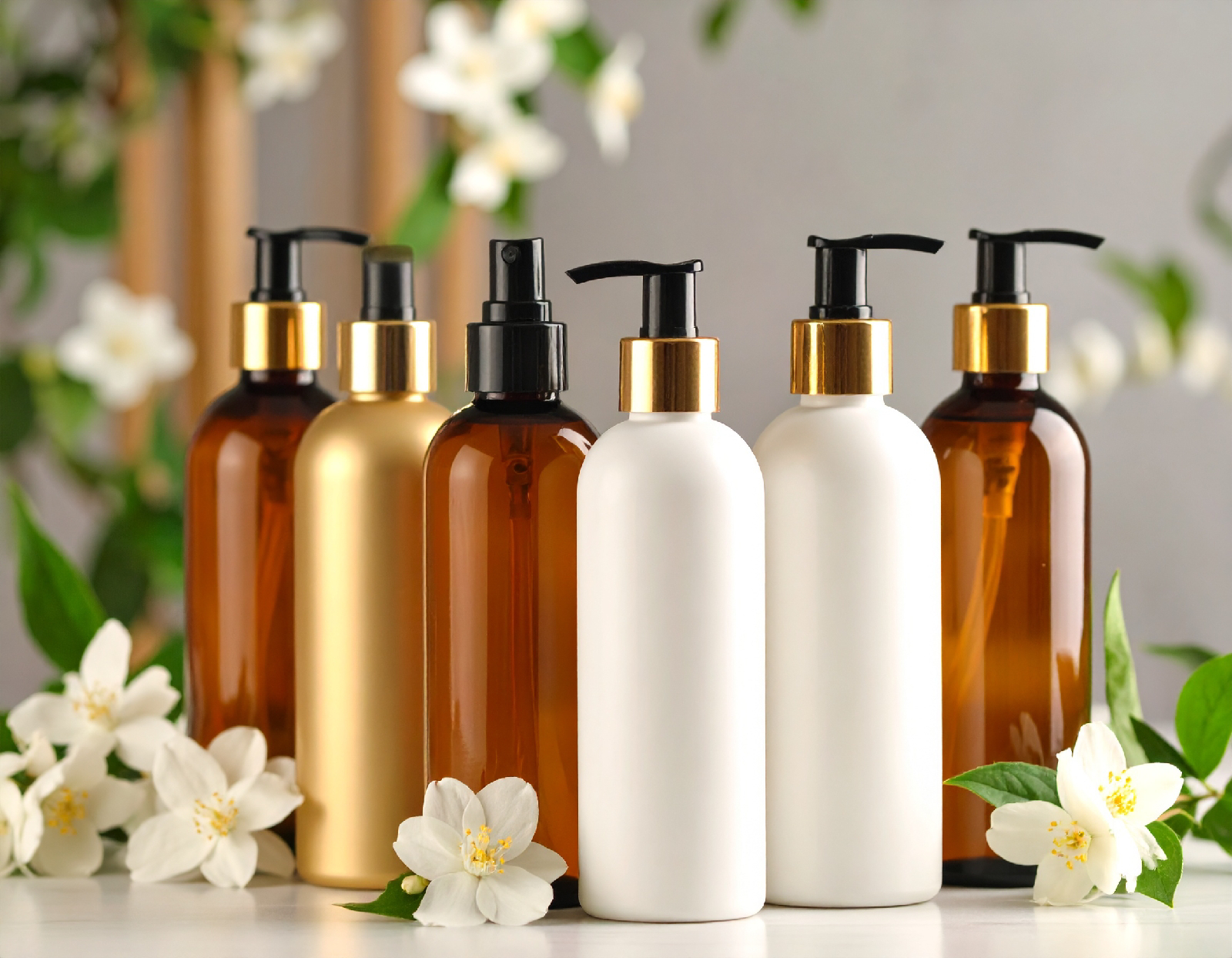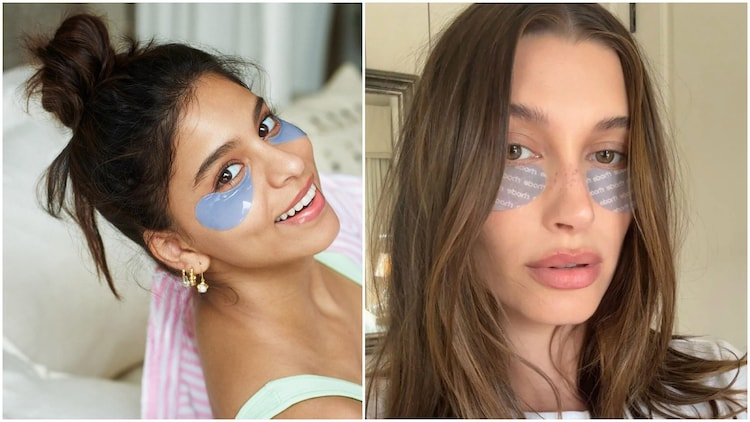Say Goodbye to Chemicals: 5 Natural Hair Color Alternatives That Actually Work
Hair coloring is a fun and expressive way to enhance your appearance or cover grays. But what if your favorite hair dye is doing more harm than good? Most commercial dyes are packed with ammonia, parabens, and synthetic chemicals that can damage your hair, trigger allergies, or irritate your scalp.
Thankfully, nature has its own color palette.
In this blog, we’re diving into the top 5 natural hair color alternatives that not only give you beautiful, vibrant shades but also nourish your hair. These options are free from harsh chemicals, budget-friendly, and easily available.
Why Go Natural With Hair Color?
Before we jump into the list, let’s understand why natural hair color matters.
Common Issues with Chemical Dyes:
Hair dryness and breakage
Allergic reactions (itching, swelling, redness)
Scalp sensitivity
Fading and discoloration over time
Environmental impact from synthetic ingredients
Benefits of Natural Alternatives:
Safe for regular use
Gentle on scalp and hair
Biodegradable and eco-friendly
Often come with additional nutrients like vitamins and antioxidants
Whether you're trying to go toxin-free or just want healthier hair, natural coloring options are worth exploring.
1. Henna – The Ancient Hair Hero
Best for: Reddish-brown to deep auburn tones
Henna, derived from the Lawsonia inermis plant, is perhaps the most popular and widely trusted natural hair colorant. It coats the hair shaft with a reddish-brown hue, strengthening your strands in the process.
Pros:
100% natural
Conditions hair while coloring
Helps reduce dandruff and scalp itchiness
Things to Note:
May give an orange tint on lighter hair
Not ideal for quick color changes — it lasts several weeks
How to Use:
Mix pure henna powder with warm water (or black tea) into a paste
Let it rest for 6–8 hours
Apply on clean hair and leave for 1–4 hours
Rinse thoroughly (no shampoo for 24 hours)
2. Coffee – Subtle Color with Shine
Best for: Deep brown tints and enhancing dark hair
Coffee isn’t just for your morning energy boost — it’s also a natural hair darkener. When brewed strong and applied to hair, it can add rich depth and shine.
Pros:
Chemical-free darkening
Adds shine and softness
Works as a rinse or mask
Things to Note:
Works gradually; may need repeated applications
Doesn’t lighten hair
How to Use:
Brew strong black coffee and let it cool
Mix with conditioner or apply directly to hair
Leave for 30–60 minutes, then rinse
3. Black Tea – Natural Gray Coverage
Best for: Covering early grays, darkening black or brown hair
Black tea contains tannins that temporarily stain hair, making it a great natural solution to cover minor grays or add dimension to darker shades.
Pros:
Inexpensive and easy to find
Temporary, so no long-term damage
Adds a glossy sheen
Things to Note:
Needs regular use for lasting results
Best on darker hair
How to Use:
Steep 2–3 black tea bags in hot water
Cool and pour over freshly washed hair
Let it sit for an hour under a shower cap, then rinse
4. Indigo – Nature’s Blue-Black Colorant
Best for: Achieving black or deep brown shades
Indigo is a plant-based dye that, when used after henna, produces a natural black or dark brown color. It has been used in Ayurvedic traditions for centuries.
Pros:
Safe for frequent use
Gives rich, long-lasting color
Strengthens hair strands
Things to Note:
Requires a two-step process with henna
Can be messy during application
How to Use:
1. First, apply henna and rinse.
2. Then, mix indigo with warm water into a paste.
3. Apply to hair and leave for 1–2 hours.
4. Rinse and air-dry for best results.
5. Beetroot Juice – Vibrant Red and Burgundy
Best for: Adding natural reddish-pink tones
Want a pop of color without the damage? Beetroot juice is your go-to for a fun, temporary burgundy tint. It works especially well under sunlight or on lighter shades.
Pros:
Rich in antioxidants
Adds a mild tint without harsh chemicals
Safe even during pregnancy
Things to Note:
Results are subtle and temporary
Not suitable for dark or black hair
How to Use:
Blend fresh beetroot and strain the juice
Mix with a bit of coconut oil or conditioner
Apply to hair, cover, and leave for 1–2 hours
Rinse and style
Tips for Better Results with Natural Hair Colors
Here are some simple tips to maximize your natural dyeing experience:
✓ Do a Patch Test
Even natural ingredients can cause allergic reactions. Always test on a small patch first.
✓ Avoid Chemical Shampoos
Use sulfate-free shampoos to maintain color and prevent fading.
✓ Deep Condition Weekly
Natural dyes won’t dry out your hair, but hydration boosts shine and softness.
✓ Be Patient
Unlike instant chemical dyes, natural colors develop gradually. Be consistent for best results.
Final Thoughts
Coloring your hair doesn’t have to mean sacrificing its health. These 5 natural alternatives are proof that nature offers beautiful, safe, and effective ways to transform your look.
Whether you’re covering grays, going for a bold new hue, or just adding shine, these natural options are easy to make, use, and maintain — all without damaging your hair or the planet.
Over to You!
Have you ever tried a natural hair color alternative? Which one is your favorite? Share your experience in the comments I’d love to hear how it worked for you!
And if you're enjoying blogs like this, don’t forget to subscribe, share with your friends, and stay tuned for more natural beauty tips daily!










Comments
Post a Comment